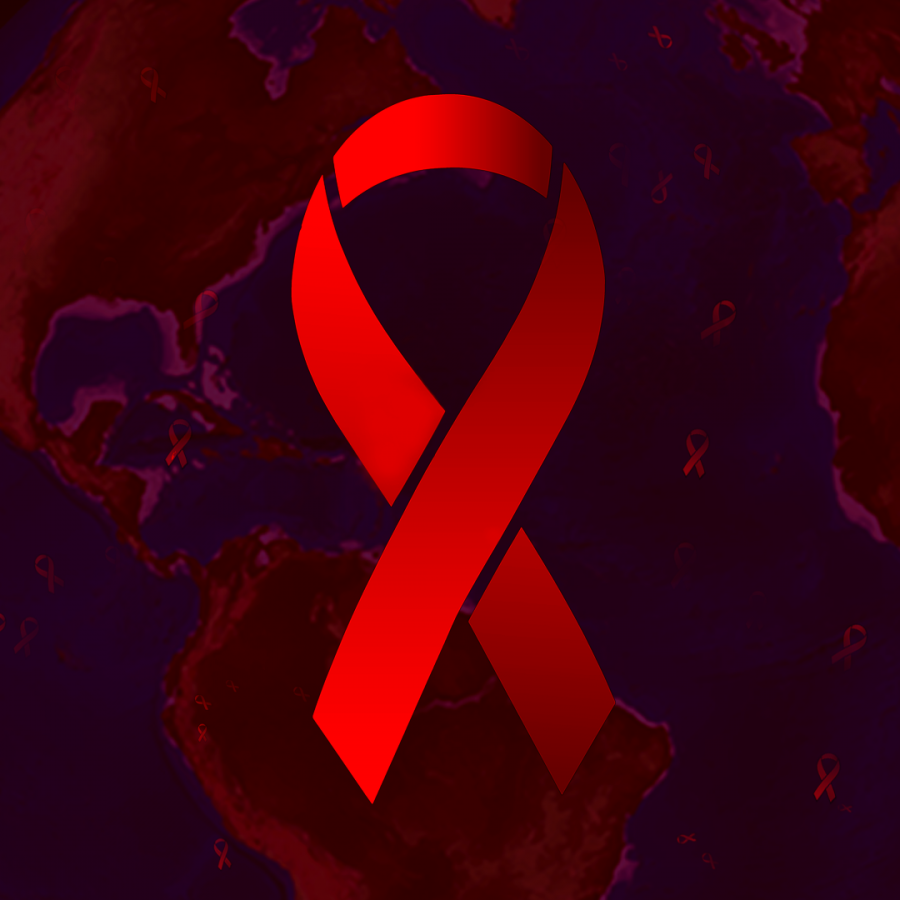Flames Continue to Engulf The Golden State
October 5, 2021
Wildfires have been raging in California for decades, thus the destruction they create is not new to residents here.

Ordinarily beginning in June and ending in November, California has experienced 7,856 fire incidents this wildfire season to date. The charring has become increasingly unyielding and rampant each year while exacerbating resources that aid in battling fires, including current active blazes.
“Today, more than 8,500 personnel remain assigned to 10 active large wildfires. To date, more than 2.4 million acres have burned statewide,” tweeted The California Department of Forestry and Fire Protection earlier today.
Last year’s wildfire season began on Feb. 15, 2020 with the Bear Fire and is considered historic due to the record breaking damage that it caused California, including:
- 9,917 fire incidents.
- 4.3 million acres burned.
- 33 human fatalities.
- 10,488 structural damages.
This year’s wildfire season has exhibited that it will likely outpace the 2020 season because it started nearly one month earlier. The season began on Jan. 14 with the Erbes Fire, and it will continue to deliver unprecedented damage.
Both periods are responsible for the state’s two biggest wildfire incidents in reported history.
The Dixie Fire—presently the second largest wildfire in state history—began on July 13 and has consumed 9.3K acres. The fire is a combination of two blazes that became one after it engulfed the smaller Fly Fire, which had already burned through several thousand acres at the time that it united with Dixie.
The incident—whose cause is still under investigation and possibly linked to PG&E downed power lines—remains active and is 94 percent contained.
Primarily a result of lightning, the August Complex fire of 2020 is considered the largest fire in California history and ravaged through an estimated 1M acres in nearly three months before it was contained fully on Nov. 15, 2020.
Wildfires are named based on where the spark ignites geographically. The fires are named after landmarks such as crossroads, rivers, lakes and mountains.
Locally the Riverside and San Diego County personnel battled a blaze that began on Aug. 28, southwest of Murrieta—the Chaparral Fire. The fire burned through 1,427 acres alongside the Cleveland National Forest before it was fully extinguished on Sept. 1.

This is not the first incident the area has experienced recently. On Sept. 4, 2019, the Tenaja Fire swept through 1,926 acres in Riverside County and was active for 10 days before it was contained.
Impacts on the severity of the wildfire situation in California are such that on Aug. 30, the U.S. Forest Service—U.S. Department of Agriculture—made the decision to close each of the state’s national forests—including Cleveland National Forest, which has since opened—to increase safety, and to reduce risk of injury and human related ignitions.
Most blaze incidents are the result of human neglect which are linked to mismanagement of campfires, lighted cigarette remains, arson and climate change.


“We do not take this decision lightly, but this is the best choice for public safety,” mentioned Regional Forester Jennifer Eberlien in an emergency news release on Aug. 30.
Forest Park closures were set to expire on Sept. 17, but several parks have remained closed due to safety concerns and those that have reopened are under restrictions.



































































































